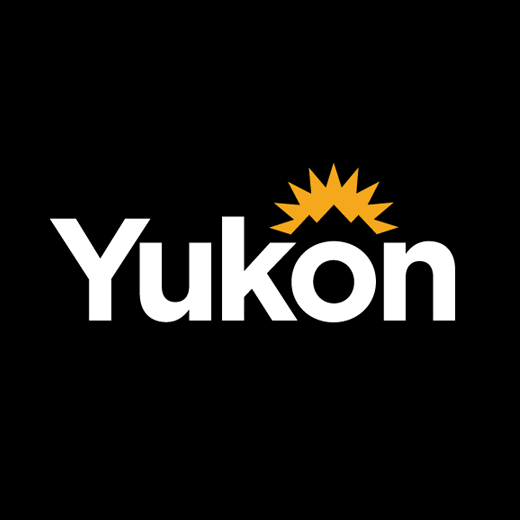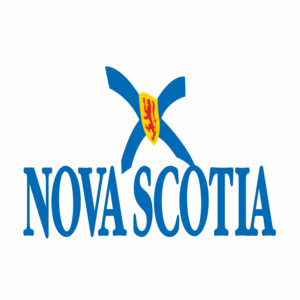water quality
Type of resources
Available actions
Topics
Keywords
Contact for the resource
Provided by
Years
Formats
Representation types
Update frequencies
status
Service types
-
Environment Canada and the provincial Department of Environment and Conservation have been monitoring ambient surface water quality of selected water bodies in the province since 1986 under the Canada-Newfoundland Water Quality Monitoring Agreement (WQMA). The purpose of this Agreement was practical coordination and integration of federal and provincial water quality monitoring activities. On April 29, 1986, an Agreement was signed between the federal and provincial government to establish a joint water quality monitoring network. The WQMA provides for the regular monitoring of an index network of stations, as well as an annual recurrent study concentrating on water quality, sediment and biota in a selected watershed. Since its inception, the Agreement has seen water quality data collected at a total of 111 monitoring sites.
-

Index containing links to Water Quality Objectives Reports , Summary and Technical, available through Internet
-

Data is collected each year, according to the lake-by-lake cycle. Information includes: * water chemistry * physical conditions including light profiles * approximately 80 index and reference stations throughout the Great Lakes basin
-

The Fish Habitat Management System for Yukon Placer Mining replaced the Yukon Place Authorization (YPA) in 15 Yukon watersheds on April 11, 2008. Founded on principles of adaptive management and incorporating a risk-based approach to decision-making, the system is intended to balance the objectives of a sustainable Yukon placer mining industry with the conservation and protection of fish and fish habitat supporting fisheries Adaptive management recognizes that the effectiveness of any management system is hampered by a degree of uncertainty and lack of knowledge. It seeks to improve the system by monitoring the effects of management actions, in order to learn from the results. The Adaptive Management Framework for Yukon placer mining is complemented by traditional knowledge and water quality objectives monitoring, aquatic health monitoring and economic health monitoring programs. The results should provide new information and a rational basis for making any adjustments required to achieve the two management objectives. The water quality objectives monitoring program is governed by the Water Quality Objectives Monitoring Protocol. The Protocol describes the locations, timing, frequency and methods employed during sampling, as well as the methods used to analyze sampling data. Precipitation data was collected from a variety of sources to assist in the interpretation of results. The water quality objectives monitoring program relies upon both continuous sampling and grab sampling. Continuous sampling is performed by automated instruments that pump water from the creek or river at a preset volume and at precise times each day. Grab samples are taken by personnel at a selected location, depth and time. Normally the quantity of water taken is sufficient for all the physical and chemical analyses that will be done on the sample. Grab sampling is also performed during sampling "blitzes", when single grab samples are collected from as many sites as possible within a short timeframe in order to get a snapshot of the water quality in a watershed over a 24 hour period. Distributed from GeoYukon by the Government of Yukon . Discover more digital map data and interactive maps from Yukon's digital map data collection. For more information: geomatics.help@yukon.ca
-

Water quality sample year information to be used in conjunction with CMI Water Quality Sampling Sites. Distributed from GeoYukon by the Government of Yukon . Discover more digital map data and interactive maps from Yukon's digital map data collection. For more information: geomatics.help@yukon.ca
-

A shapefile of the Nova Scotia Automated Surface Water Quality Monitoring Network monitoring stations. The network was established in 2002 to assess near real-time water quality in surface waters across the province at five river stations and one lake station. The results are used to help manage water resources, determine baseline water quality in lakes and watercourses throughout the province, evaluate the impact of human activities on surface water, and assess long term trends in water quality. The following weblink connects to a Nova Scotia Department of Environment and Climate Change web map that includes the six monitoring station locations and an alternative method for downloading the same dataset: http://nse.maps.arcgis.com/apps/webappviewer/index.html?id=7ded7a30bef44f848e8a4fc8672c89bd
-
A goal of the Government of Canada’s Coastal Environmental Baseline Program (CEBP) is to amalgamate historic environmental data from high vessel traffic areas. An extensive DFO biological sampling program was conducted from 1980 to 1981 on Sturgeon and Roberts banks located on the outer Fraser River estuary, BC, Canada. This report collates and simplifies three data sets: water quality and nearshore fish catch previously published as DFO Data Report 340 (Conlin et al.1982), and un- published weight-length (W-L) data for two locations on Sturgeon Bank (Iona and Steveston) and near Westshore Terminals (Coal Port) on Roberts Bank. W-L data were reconstructed from archived computer printouts using Optical Character Recognition methods. Analyses of water quality data indicate that the two banks provided different fish habitats with Sturgeon Bank having a greater freshwater influence. Although Iona area water quality was exposed to sewage outfall from a nearby sewage treatment plant, it appears that fish communities were not different from the other Sturgeon Bank area (Steveston). The fish communities were found to be different between the two banks with Roberts Bank having greater overall abundance and diversity. Interestingly, of the seven fish species used for condition factor analyses, five were found to have lower Relative Condition Factors in the Roberts Bank sampling area.
-

A shapefile of freshwater water bodies hat have been sampled as part of the Nova Scotia Lake Survey. The Nova Scotia Lake Survey program is a partnership initiative between Nova Scotia Environment (NSE) and Nova Scotia Fisheries and Aquaculture (NSDFA) to inventory lakes throughout the province determining baseline water quality, in support of both sport fisheries and water resource management areas. The following weblink connects to a Nova Scotia Environment web map that includes the locations of the monitored lakes within the province and an alternative method for downloading the same lake chemistry dataset: http://nse.maps.arcgis.com/apps/webappviewer/index.html?id=7ded7a30bef44f848e8a4fc8672c89bd
-

This data set includes information on sampling locations, water chemistry and chlorophyll collected at 18 locations in the Great Lakes-St. Lawrence River and 4 locations in Lake Simcoe.
-

Environmental Monitoring Stations (EMS) spatial points coverage for the Province by LOCATION TYPES. The following spatial layers reference this as a data source: 1. Environmental Monitoring - All Stations 2. Environmental Monitoring Stations - Air Monitoring (Ambient Air Site) 3. Environmental Monitoring Stations - Air Monitoring (Air Permit) 4. Environmental Monitoring Stations - Water Sites (Water Monitoring) 5. Environmental Monitoring Stations - Water Sites (Water Permits) 6. Environmental Monitoring Stations - Water Sites (Well) 7. Environmental Monitoring Stations - Water Sites (Observation Well) 8. Environmental Monitoring Stations - Water Sites (Spring)
 Arctic SDI catalogue
Arctic SDI catalogue